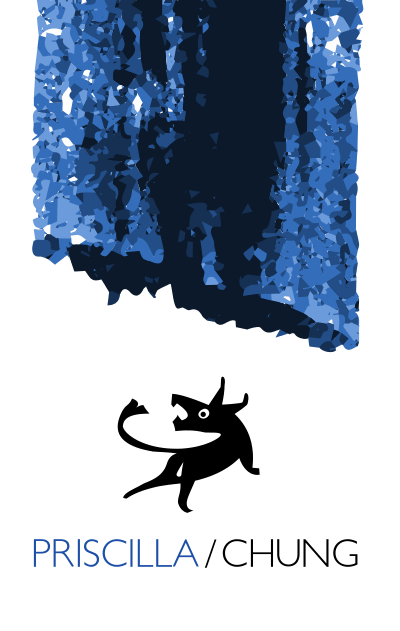Abstract.
There are more women entering politics today than ever before. When compared to their male counterparts, the dress codes can vary beyond the standard male outfit of basic suit and tie. The media almost demands that female politicians appear fashionable. Failing to present an alluring public appearance distracts voters from the politician’s potential as a worthwhile candidate for the job. Appearance and public image play an important role for all politicians. While it is important not to disregard the intellect or shrewdness of the politician, teams of stylists and image-makers still fuss night and day over their clients intending to create a consumable image of authority, strength, and leadership.
The challenge of a politician’s appearance lies in the need to convey an understandable message pleasing the average voter. This paper intends to focus on the language of clothes and the constructed images surrounding female politicians from the past to the present. This paper intends to explore the evolution of the female politician’s public image in the United States of America. Using the example of several American female politicians who were born at the beginning of the 20th century, this paper will examine how each generation of female politicians has transformed their image, how their appearance has come under the microscope by the media, and how they struggle daily not for their policies but for maintaining the appearance and message expected by the public at large. Scholars have explored women and politics in the context of media and this paper intends to do so in the context of clothes. Journalists have also examined dress in the specific context of the 2008 presidential campaign. This paper intends to take a longer view drawing a possible future based on a continuous evolution in women’s political dress defined from the beginning of the 20th century to the first decade of the 21st century.
On March 30th, 2012, my thesis topic was selected along with four other presenters from my graduating class at The Eleventh Richard Martin Visual Culture Symposium New York University. A copy of my thesis is available in the archives at the NYU Art and Art Professions database or upon request.
